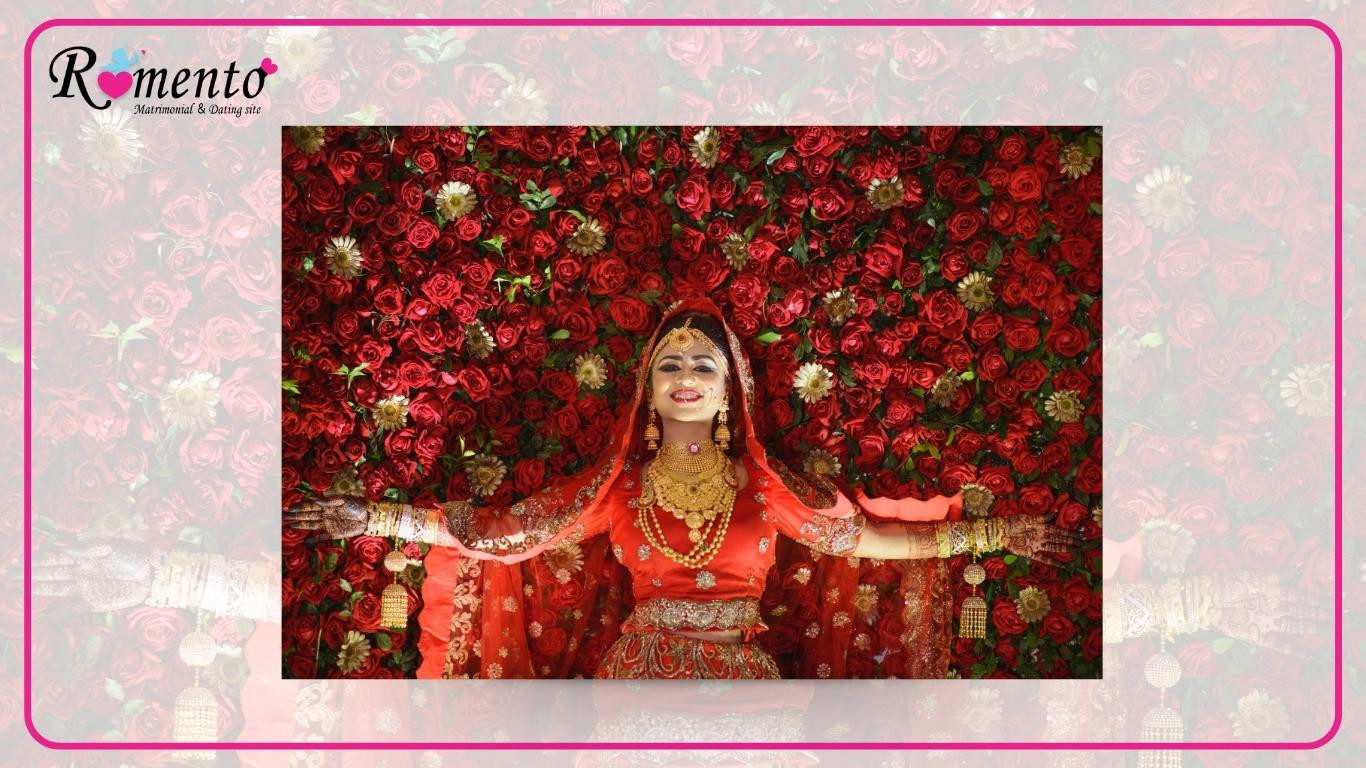
Ravishing Red: Significance of this Color in Indian Weddings !!
Introduction
Indian weddings
are renowned for their grandeur, cultural richness, and vibrant colors. Red
stands out as one of the most important and symbolic colours among these. It
has a special place in Indian brides and grooms' and their families' customs
and hearts. Beyond aesthetics, the significance of the colour red in Indian
weddings is ingrained in long-standing traditions, religious convictions, and
cultural values. We will examine the historical origins, cultural meanings, and
current relevance of red in Indian weddings as we delve into its varied
significance.
The
Historical Roots of Red in Indian Weddings
Red has been an
integral part of Indian culture and symbolism for millennia. Its roots can be
traced back to ancient Indian texts, mythology, and rituals. Here are some
historical facets of red in Indian weddings:
● Symbol of Fertility and
Purity:
Red is connected
to fertility, sensuality, and purity in Hinduism. The goddess Parvati, a
representation of devotion and love, is frequently shown donning crimson. When
brides start their path towards marriage, they wear red to represent their
purity and readiness for a new life.
● Auspicious Color:
Hinduism regards
red as an auspicious colour. It's thought to ward off bad vibes and provide
luck. As a result, it is heavily featured in wedding ceremonies and décor.
● The Red Bindi:
Hindu women who
are married typically wear a red bindi (a dot on the forehead) to signify their
marital status. It represents their dedication and loyalty to their husbands.
● The Red Sari:
The red sari worn
by brides is iconic. It is a symbol of love, passion, and commitment. This
tradition can be traced back to ancient times, when red was associated with the
dawn of a new life.
Cultural
Connotations of Red in Indian Weddings
The significance
of red in Indian weddings extends beyond religious rituals. It holds cultural
connotations that reflect the values and aspirations of the Indian people:
● Celebration of Love:
Red represents
passion and love. Red is the ideal symbol for this intense feeling since Indian
weddings are a celebration of the joining of two souls in love.
● Familial Blessings:
Red is not limited
to the attire of the bride; it is also prevalent in the decor and clothing of
family members. This signifies the blessing and support of the families for the
couple's union.
● Traditional Bridal
Attire:
Different shades
of red are worn by Indian brides from various places. While brides in the north
of India frequently choose bright red sarees, brides in the south usually
choose maroon or deep crimson. These variants showcase the nation's rich
cultural diversity.
● Jewellery and
Accessories:
Brides usually
wear jewellery with red accents, such as red bangles and rubies. These
accessories have cultural importance in addition to improving the overall look.
Contemporary
Relevance of Red in Indian Weddings
In contemporary
Indian weddings, red continues to play a central role, evolving and adapting to
changing times and trends:
● Fashion Trends:
While red remains the quintessential bridal
color, modern brides often incorporate contemporary styles and designs into
their red wedding attire. Red lehengas, anarkalis, and gowns are now popular
choices.
● Customization:
Brides are
increasingly personalizing their wedding attire, incorporating different shades
of red and experimenting with other colors to create unique looks while still
honoring tradition.
● Global Influence:
Due to
globalization and cultural exchange, Indian weddings are now influenced by
Western aesthetics. However, red remains a constant, merging harmoniously with
modern elements.
● Symbol of Tradition:
Red serves as a
bridge between tradition and modernity in Indian weddings. It connects the
couple with their cultural heritage while embracing contemporary styles.
Conclusion
The prominence of
red in Indian weddings reflects the country's rich cultural heritage and
deep-rooted traditions. It represents love, purity, and the eternal bond of
marriage. While the globe is seeing the development of wedding traditions, red
remains an iconic and symbolic colour in Indian nuptials.
FAQs
1. Why is red considered an
auspicious color in Indian weddings?
Red is considered
auspicious in Indian weddings because it is associated with purity, fertility,
and the ability to ward off evil spirits. It is believed to bring good luck and
happiness to the newlyweds.
2. Are there variations in
the use of red in different regions of India?
Yes, there are
variations in the use of red in different regions of India. Northern brides
often wear bright red, while brides in the southern part of India prefer deep
red or maroon sarees. These regional variations reflect the diverse cultural
traditions of the country.
3. How has the significance
of red in Indian weddings evolved in modern times?
In modern times,
the significance of red in Indian weddings has evolved with changing fashion
trends and global influences. Brides now experiment with different shades of
red, incorporate contemporary styles, and personalize their wedding attire
while still honoring tradition.
4. Is red the only color
brides wear in Indian weddings?
While red is the
traditional and most popular color for brides in Indian weddings, some brides
choose to incorporate other colors into their attire. However, red remains a
prominent and symbolic choice for bridal wear.
5. What are the key
accessories associated with red in Indian bridal attire?
Red gemstones like
rubies, red bangles, and the red bindi (forehead dot) are key accessories
associated with red in Indian bridal attire. These accessories add to the
overall aesthetic and carry cultural significance.
